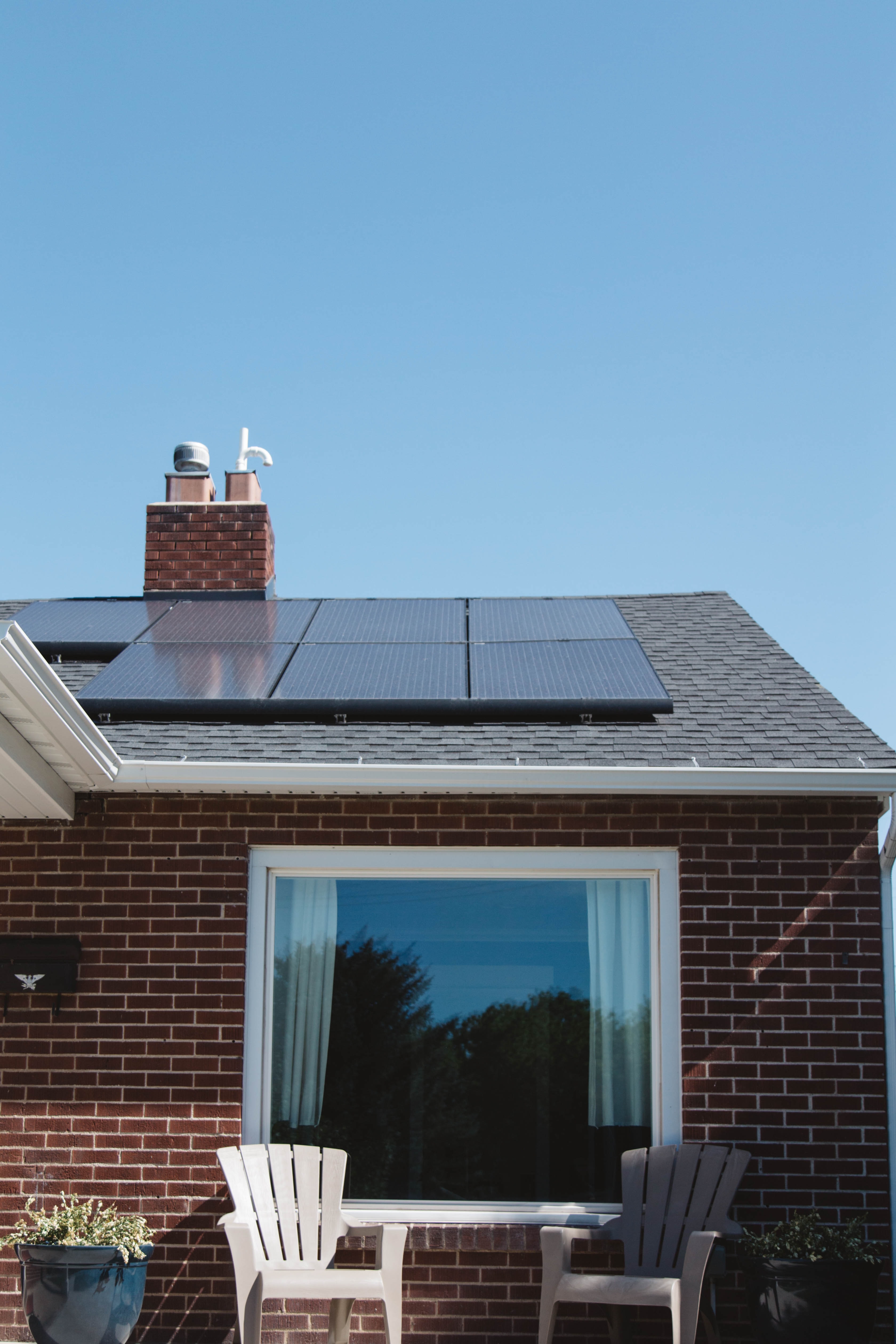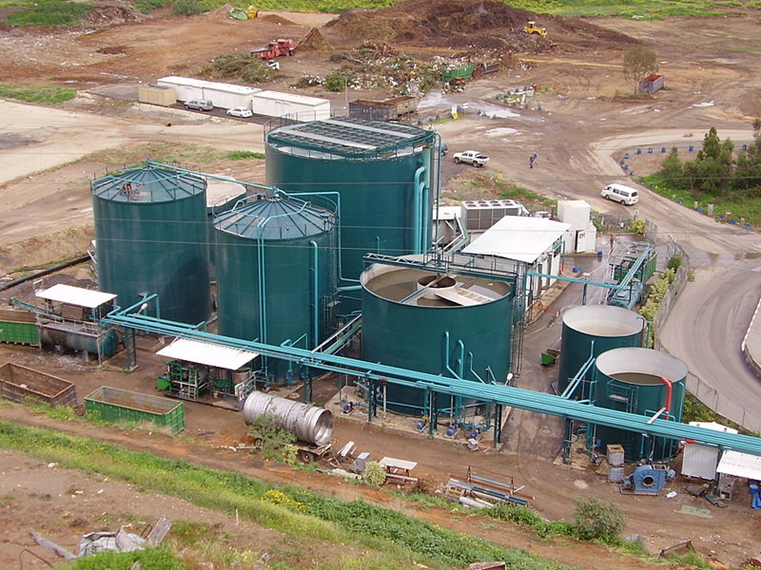Home
Yatton and Kenn
About this consultation
A public workshop was held on Saturday 2nd April, to capture local people's views on whether the community could get more of its energy from renewable sources. Support was expressed for the possible development of wind turbines, a solar farm, rooftop solar panels and thermal, and an anaerobic digestor within the area.
The views of local residents who attended the workshop are summarised over the next few pages. Please add your thoughts and comments to the map and in the survey questions.
This online consultation will be open until Monday 30th May 2022. The comments made in the consultation will influence North Somerset Council's renewable energy policy development.
The suggestions made by local residents at the workshop are high level suggestions of what might be acceptable. The Council will carry out further work to ensure that what is suggested would be feasible / acceptable. This includes considering the impact on the landscape, noise impacts, disruption from construction traffic, and wildlife protection.
There also will be further opportunities to comment on the Council's emerging planning policies when they are drafted.
You can find out more about different types of renewable energy and what they look like on our information page here.
Wind Turbines
Large scale wind turbines
Workshop participants suggested the installation of one large (2.5 megawatt) wind turbine up 140 metres tall, to the north of Yatton, powering approximately 1400 homes over a year. For reference, there are about 3600 homes in the Yatton and Kenn.
This would be in the approximate location shown on this map (opens in a new tab), between North End and Kenn Moor Gate.
Here is an image demonstrating the size and output of a large wind turbine:
Check what large wind turbines look like here (opens in new tab).
Medium scale wind turbines
Workshop participants suggested the installation of approximately three medium sized wind turbines, up 100 metres tall (1 megawatt each), powering approximately 1700 homes over a year. For reference, there are about 3600 homes in Yatton and Kenn.
This would be in the approximate location shown on this map (open in a new tab), on Kenn Moor to the east of Kenn and south of Nailsea Wall. This would depend on the turbines being found acceptable in terms of impacts on the Site of Special Scientific Interest (SSSI).
Community ownership and community benefits
Workshop participants supported increasing local renewable energy generation. However, they commented that if the area was to produce more of its own energy, the community it should also benefit more from hosting renewable energy infrastructure like wind turbines.
Community owned renewable energy projects return all their profits to the community. Renewable energy projects range from 100% community owned projects to partially community owned projects to fully private enterprises, albeit still offering some community benefits.
Solar Farms
Workshop participants showed support for the development of ground based solar panels, if possible. They suggested up to 17.5 megawatts of panels could be installed. This would cover approximately 84 acres, the equivalent of around 37 football pitches.
A possible location was suggested, next to the M5 motorway to the north of East Hewish (shown on the map here - opens a new tab).
This is what ground based solar panels look like (a 'solar farm'):

Rooftop Solar Installation
Solar PV panels (generating electricity)
Workshop participants suggested it was likely that up to 10% of homes within Yatton and Kenn may install solar photovoltaic (PV) panels in the next 5 years. Due to this largely being driven by individual resident situations, no specific locations were identified.
This is what solar PV panels look like:

Solar thermal panels (generating hot water)
Workshop participants suggested it was likely that up to 5% of homes within Yatton and Kenn may install rooftop solar thermal panels on their homes to provide hot water in the next 5 years. Due to this being largely driven by individual resident situations, no specific locations were identified for these.
This is what rooftop solar thermal panels look like:
Air source heat pumps and central heating
Local residents attending the workshop suggested it was likely that up to 5% of homes within Yatton and Kenn may install air source heat pumps to heat their homes in the next 5 years. Due to this being largely driven by individual resident situations, no specific locations were identified for these.
Air source heat pumps look a bit like air conditioning units and extract heat from the air outside to heat your home, using technology very much like that used in your fridge. Typically, for every unit of electricity used to power it, an air source heat pump will generate around 3 units of heat. This is what air source heat pumps look like:

Image: Air Source Heat Pump Compressor and heat exchanger - Rob Baxter / flickr.com
Anaerobic Digestion
Workshop participants supported the possible development of an anaerobic digester (500 kilowatt) to generate renewable electricity, provided that feedstock such as animal manure could be found.
Anaerobic digestion works when organic matter (for example animal manure and food waste) is broken down in the absence of oxygen, producing methane which is then burnt to produce heat and/or electricity.
Workshop participants supported farm or industrial locations as suitable for development of an anaerobic digester, but didn't identify a specific location.
Here is an example of what an anaerobic digester looks like:

Overall impact on energy supply
The renewable energy sources suggested in the workshop would result in Yatton and Kenn generating 118% of its electricity use from local renewable energy. Therefore the parishes would be generating more electricity than they use. Excess electricity could be used by other nearby communities, for example, communities with fewer renewable resources.
Further map comments
The map below gives you the opportunity to add any further comments about the renewable energy options and locations suggested in the workshop. You can add location-specific thoughts, for example alternative or additional locations.
Please click ‘have your say’ to open the map in a new tab and make your comments. Please note that map comments are public and anonymous, and none of your personal data is shared when commenting.
Completing the survey
After you open the map in a new tab, please click ‘next’ at the bottom of this page to complete the survey.
Thank you for completing the survey.
You can find a detailed summary what happened in the workshop in this report (opens in new tab). This includes information on residents' views on renewable heat, energy saving and sustainable transport (electric vehicles and e-bikes).
Please record your answers now by clicking 'Next'.
The questions on the next page help us understand which parts of the community are engaging with this consultation. If any group in the community is under-represented, we can do further outreach to ensure they are heard. None of the demographic information you provide is linked to your survey responses.
This engagement phase has finished

...


